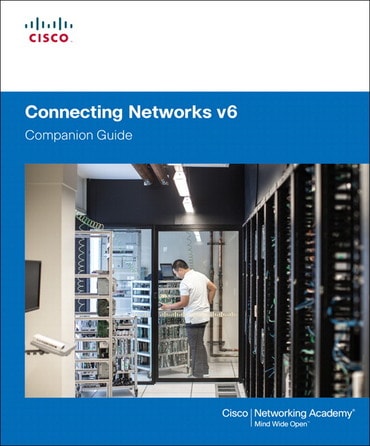Switch content of the page by the Role togglethe content would be changed according to the role
Connecting Networks v6 Companion Guide, 1st edition
Published by Cisco Press (September 11, 2017) © 2018
$58.66
Need help? Get in touch

Digital Learning NOW
Extend your professional development and meet your students where they are with free weekly Digital Learning NOW webinars. Attend live, watch on-demand, or listen at your leisure to expand your teaching strategies. Earn digital professional development badges for attending a live session.

